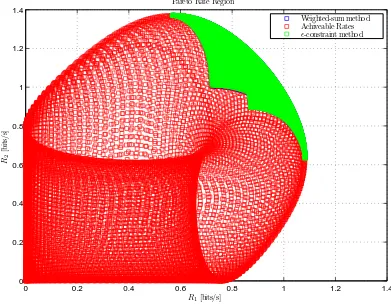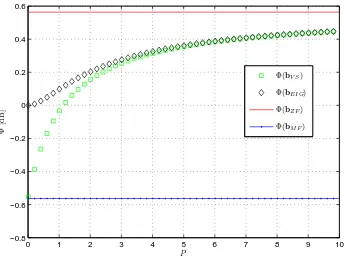Beamforming design and power control for spectrum sharing systems
Texto completo
Figure




Documento similar
[131] ——, “Market-equilibrium, competitive, and cooperative pricing for spectrum sharing in cognitive radio networks: Analysis and comparison,” IEEE Wireless
difficult to find large frequency variation in continental power networks. However, from the point of view of the instrumentation design, some instrumentation devices used
2b the queueing delays of FH traffic for N = {1, 2, 5}, under the three considered policies (the N = 1 case corresponds to the same results as in the previous experiments). As
In chapter 2 the methodology is introduced, including the description of the different steps: design parameters, force-stroke and work-stroke curves, discussion of the
Thus, summarizing, in Chapter 3 and Chapter 4 we have first set the grounds for designing and implementing privacy respectful and secure systems through a secure design methodology
For all of the above, the design and use of HIL in a PBL in a course on Digital Electronic Systems provides the students with an experience close to the industrial reality, which
This thesis covers the design and characterization of a microfluidic device for time-resolved fluorescence based on an array of CMOS SPADs. Chapter 2 introduces the SPAD detectors
Design an enhanced topology discovery protocol suitable for SDN environments with multi- domains and in-band control, without the need for prior controller knowledge of the net- work





